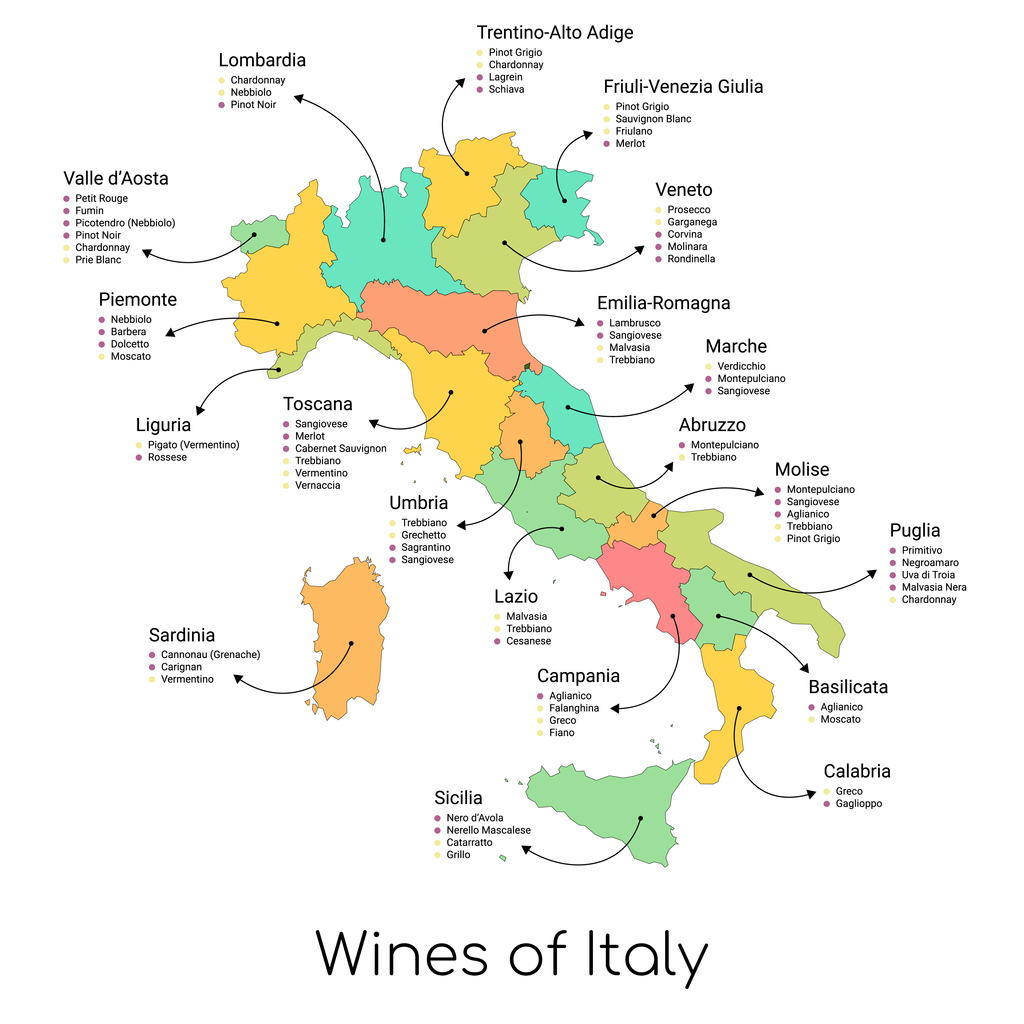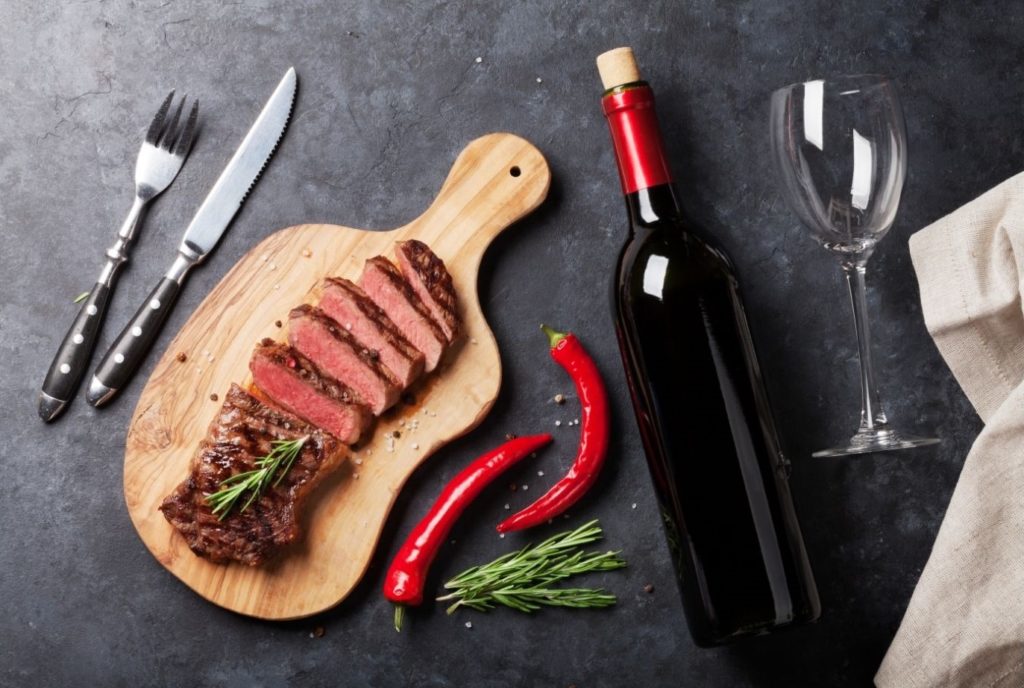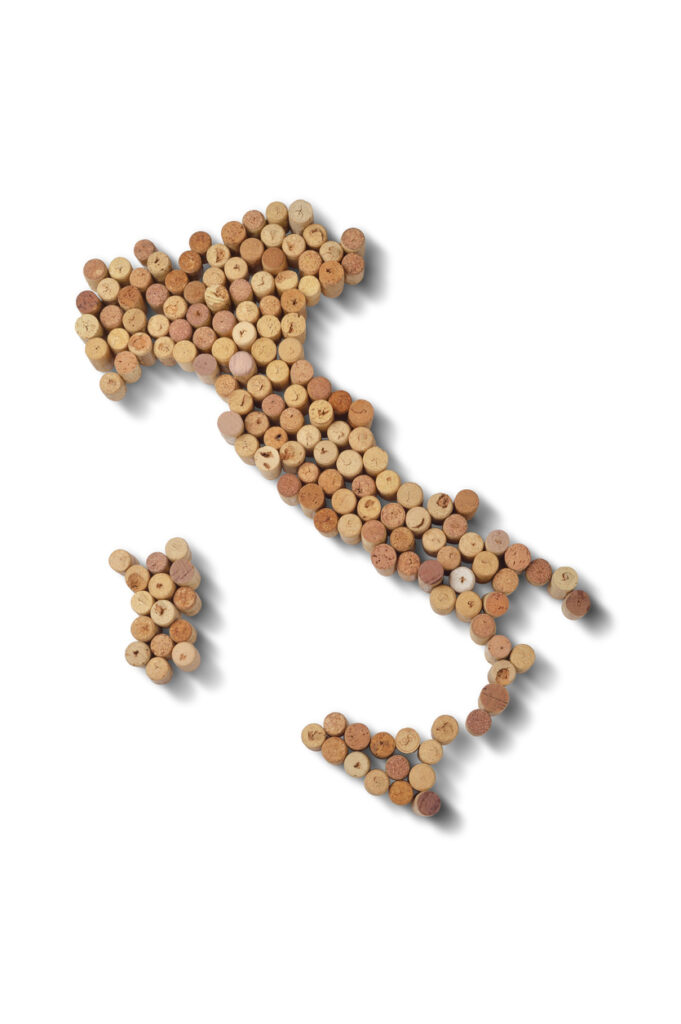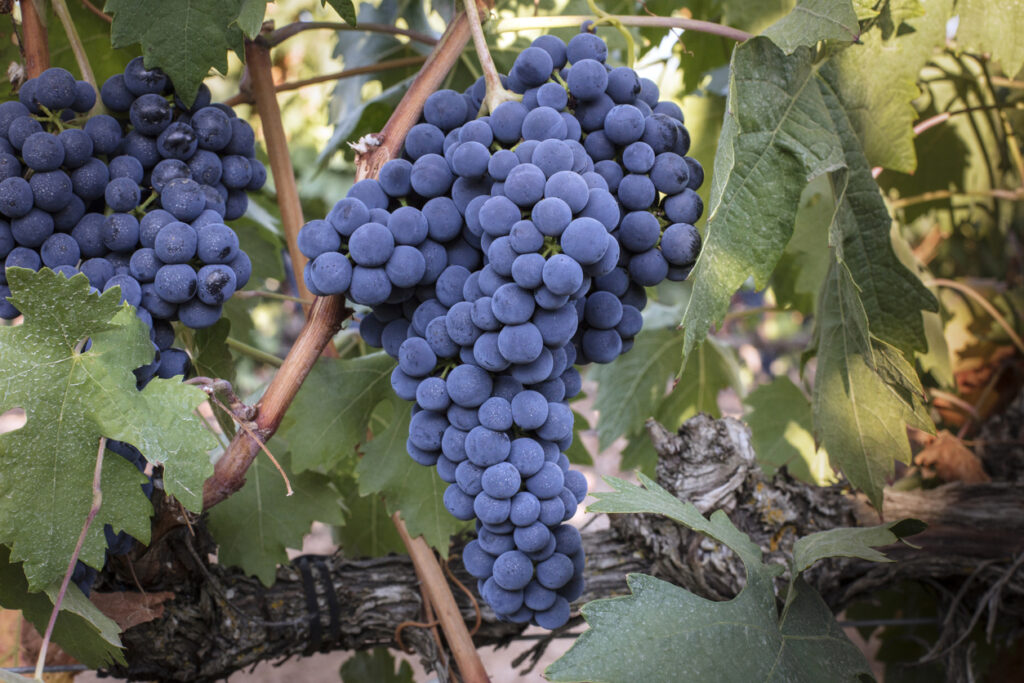The Nero d’Avola grape is considered the most significant red wine grape in Sicily and is a crucial native variety in Italy. Its name originates from Avola, a town located in the southern part of Sicily. The wine produced from this grape is often compared to New World Shirazes, featuring sweet tannins and flavors of plum or pepper. It also plays a role in Marsala Rubino blends. The grape was cultivated by growers near Avola several centuries ago and was initially limited to the southern region of the island but has since spread throughout Sicily.
Where does Nebbiolo grow?
The vine thrives in hot and relatively dry climates. The regions surrounding Noto, particularly Buonivini, and Pachino in the southern part of the Siracusa province are renowned for their high-quality Nero d’Avola wines.

Chiarito Vineyards in Ukiah, California (Mendocino County) was the first American producer of Nero d’Avola. The Riverland and Sunraysia areas in Australia, where winemakers are creating light, juicy, and fragrant wines (such as Amato Vino and Chalmers Wines), are also cultivating Nero d’Avola. Additionally, this variety can be found in Malta, Turkey, and recently in South Africa as well.
Nero d`Avola taste
Nero d’Avola is a popular red wine grape variety that originated in the Sicilian region of Italy. It is renowned for its bold and intense flavours, making it a favourite among wine enthusiasts who appreciate full-bodied wines with rich aroma and taste. The name Nero d’Avola translates to “black of Avola,” which refers to the deep purple color of the grapes.

One of the most prominent characteristics of Nero d’Avola is its dark fruit flavors, such as blackberry, plum, and black cherry. These fruity notes are complemented by undertones of vanilla, spice, and tobacco. The wine also has a unique acidity level that balances out its richness and hefty tannins. Some winemakers choose to age their Nero d’Avola in oak barrels to add an extra layer of complexity to the flavour profile.
Acidity of Nero d’Avola
The acidity level of Nero d’Avola varies depending on the winemaking process. The grapes are harvested at different stages of ripeness, which can affect the final acidity. Additionally, the fermentation process also plays a role in determining the wine’s acidity level. Wines that are fermented in stainless steel vats tend to have higher levels of acidity compared to those fermented in oak barrels.

Despite having high acidity levels, Nero d’avola wines are not overly acidic and provide a well-balanced flavor profile.
Nero d`Avola Food Pairing
Nero d’avola is a rich and bold red wine that hails from the island of Sicily. It boasts fruity, spicy notes with just the right amount of acidity to balance out its tannic structure. This makes it a versatile choice when it comes to food pairing. Whether you prefer meat or seafood, nero d’avola has got you covered.

If you’re craving something hearty and comforting, try pairing your nero d’avola with a juicy steak or grilled lamb chops. The wine’s acidity will cut through the richness of the meat while its tannins complement the flavors of charred meat beautifully. For a vegetarian option, opt for roasted vegetables like eggplant or mushrooms as they have enough depth to stand up to the boldness of this wine.
Different Nero d`Avola Styles
Nero d’avola is a popular red wine grape variety that is widely grown in Sicily, Italy. It has gained popularity in recent years due to its versatility and ability to produce different styles of wine. Two of the most prominent styles are fruit forward and elegant. Fruit forward Nero d’avola wines are known for their bold flavors and aromas of ripe cherries, blackberries, and plums. These wines are youthful, easy to drink, and pair well with hearty dishes like grilled meats or pasta.

On the other hand, elegant Nero d’avola wines have a more refined taste profile that focuses on balance and subtlety. These wines typically have lower alcohol content than their fruit-forward counterparts but still retain the distinct cherry fruit flavors that make Nero d’avola so appealing.
Wines similar to Nero d`Avola
Nero d’avola is a grape variety that is native to Sicily, and it produces wines that are rich, full-bodied, and complex. If you enjoy this wine, then you might also like other varieties that share similar characteristics. Here are some wines that Nero d’avola can be compared to.
Zinfandel
Zinfandel is a red wine grape variety that originated in Croatia but has become popular in the United States. It produces wines that are full of fruit flavors such as blackberry, raspberry, and cherry. Zinfandel can also have a spicy character with hints of pepper or clove. These flavors make it similar to Nero d’avola, which often has notes of dark fruit and spice.

GSM
GSM stands for Grenache-Syrah-Mourvedre, which are the three grape varieties used to make this wine blend. These grapes are commonly grown in France’s Rhone Valley region but have become increasingly popular worldwide due to their rich flavor profile and versatility in winemaking. Like Nero d’avola, GSM has a full body with pronounced tannins and a high level of acidity that makes it perfect for aging.

Agiorgitiko
Nero d’avola has also been compared to other well-known varietals such as Agiorgitiko from Greece. Agiorgitiko, also known as Saint George’s Grape, is widely grown in Nemea region of Greece. Like Nero d’avola, Agiorgitiko produces full-bodied red wines with high tannin levels and moderate acidity. These wines are known for their deep ruby-red color and well-balanced structure that makes them perfect for pairing with hearty meals.

